Kistefos not only has one of Europe’s largest sculpture parks, but an industrial museum and two exhibition spaces dedicated to contemporary art.
The Twist
The Twist is both a gallery space, a bridge and a sculpture, all in one. The 1000 square meter building spans 60 meters across the Randselva River and connects the two sides of the park. The building was designed by the Danish architects from Bjarke Ingels Group (BIG) and opened in September 2019. It has been named a "must-see" cultural destination by the New York Times, Bloomberg and The Telegraph, among others.
Nybruket
Nybruket is another exhibition space located in one of the old factory buildings of the wood pulp factory. The building was erected in 1896 and used to be a fully equipped pulp mill. The industrial heritage has been preserved and creates a beautiful framework for the exhibitions. Nybruket is open from May to November.
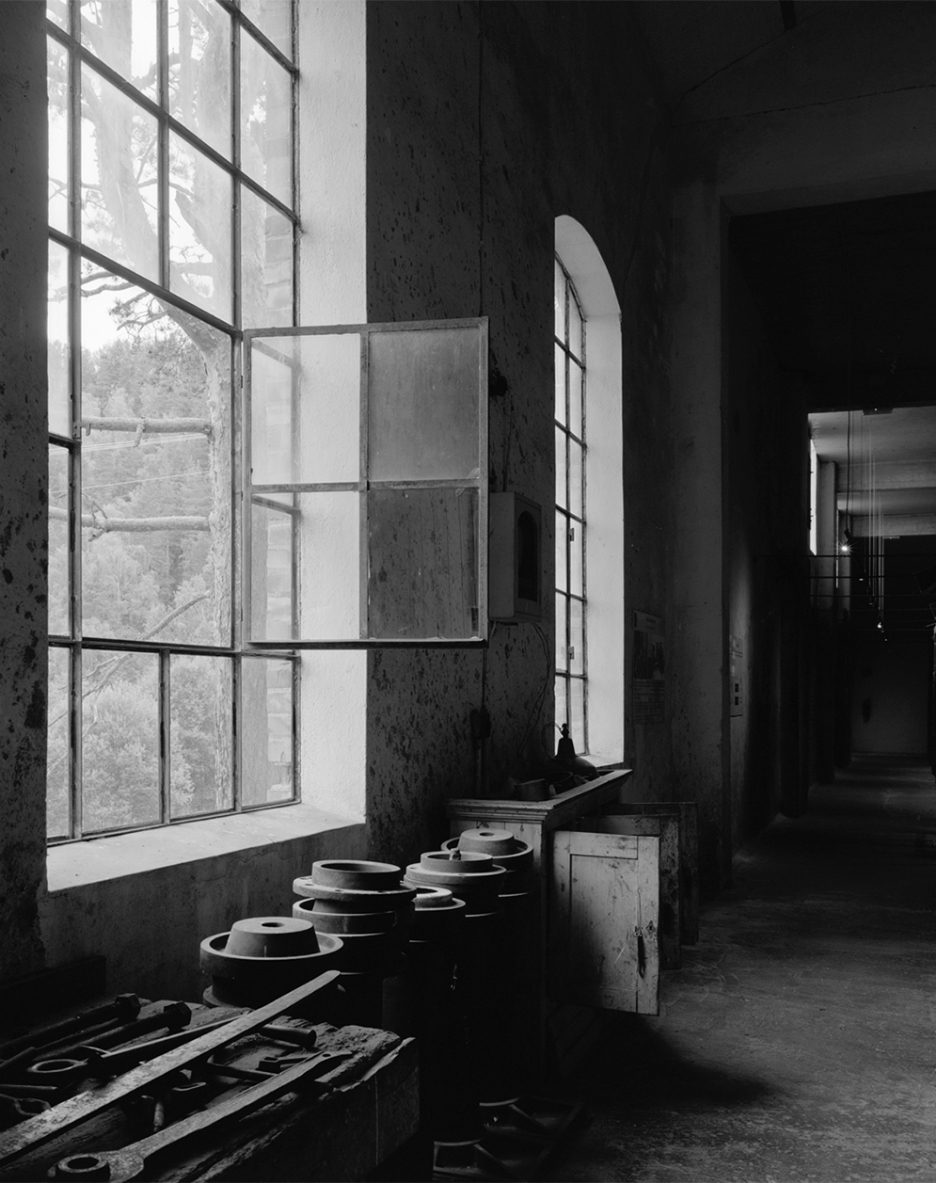

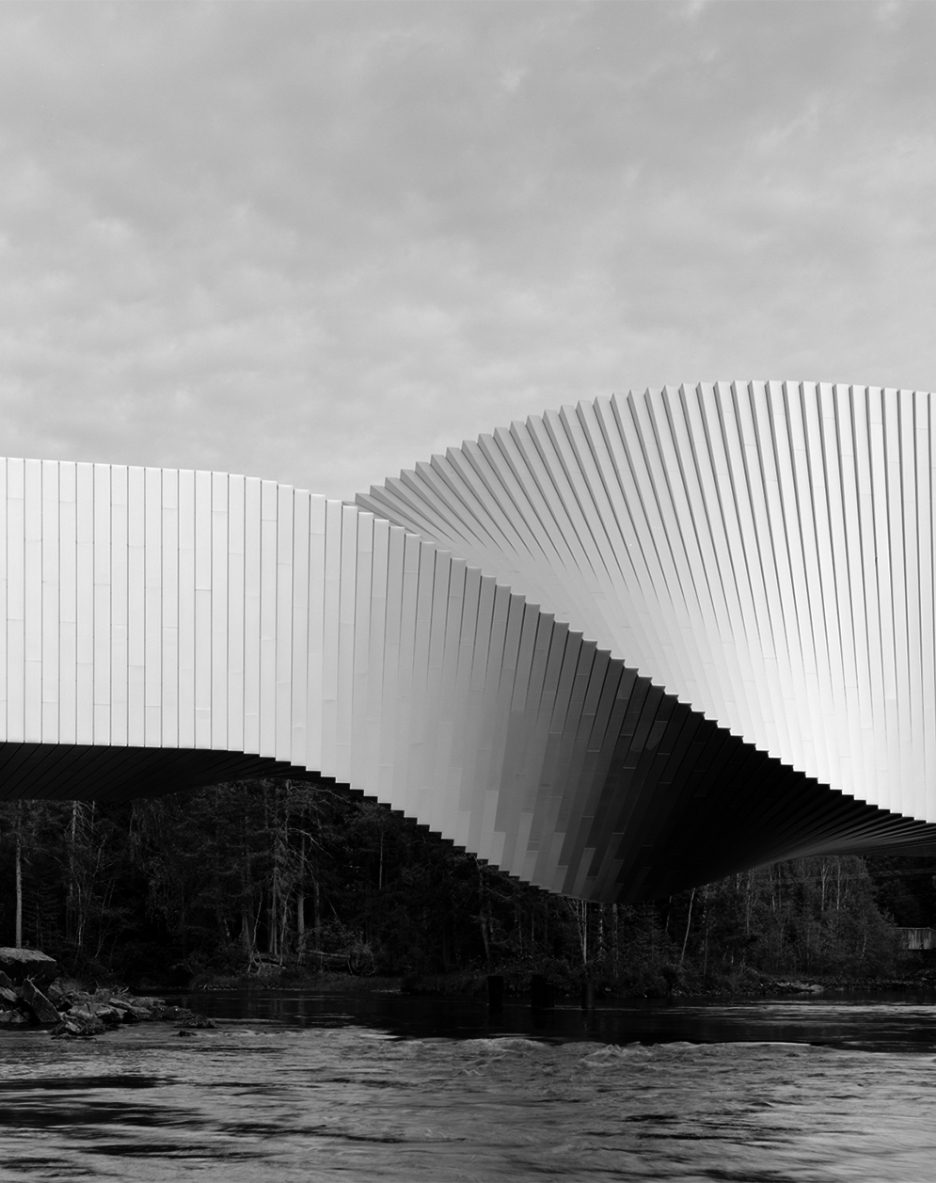
The Industrial Museum
The Industrial Museum is a collective term for the industrial historical collection at Kistefos, which consists of buildings, machines, industrial fixtures and objects that are used to convey stories of work and social life for the people who worked and lived in the factory. In addition to the pulp mill there are exhibitions in the furnace house, the foreman's house, the wagon shed, the fire wagon house and the carpentry workshop.
The sculpture park
The park expands with one or more sculptures each year. Today there are 54 works by prominent contemporary artists such as Pierre Huyghe, Carol Bove, Ida Ekblad, Yayoi Kusama, Fernando Botero, Claes Oldenburg, Lynda Benglis, Tony Cragg, Olafur Eliasson and Anish Kapoor. Many of them are site-specific, inspired by the cultural heritage, nature and history of Kistefos. The works range from the monumental to the discreet and unobtrusive. The sculptures evolve with the change of weather and season, and the sculpture park is open all year.
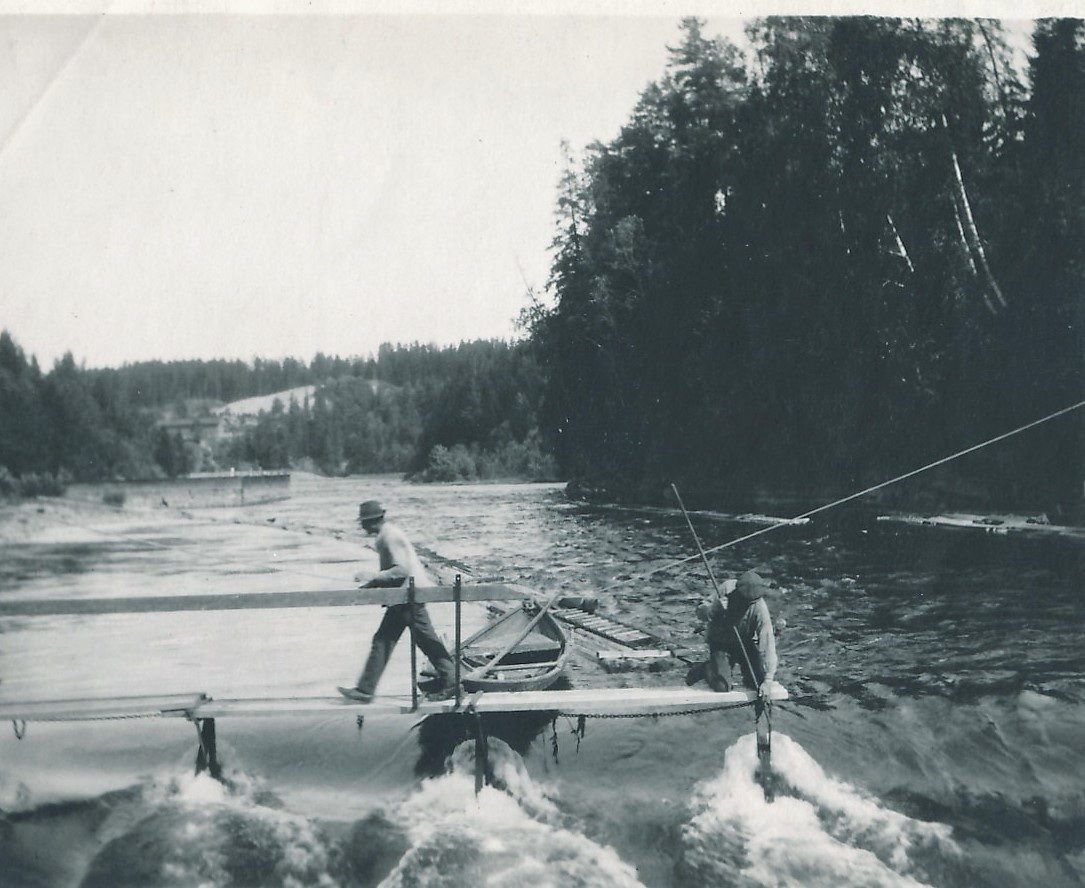
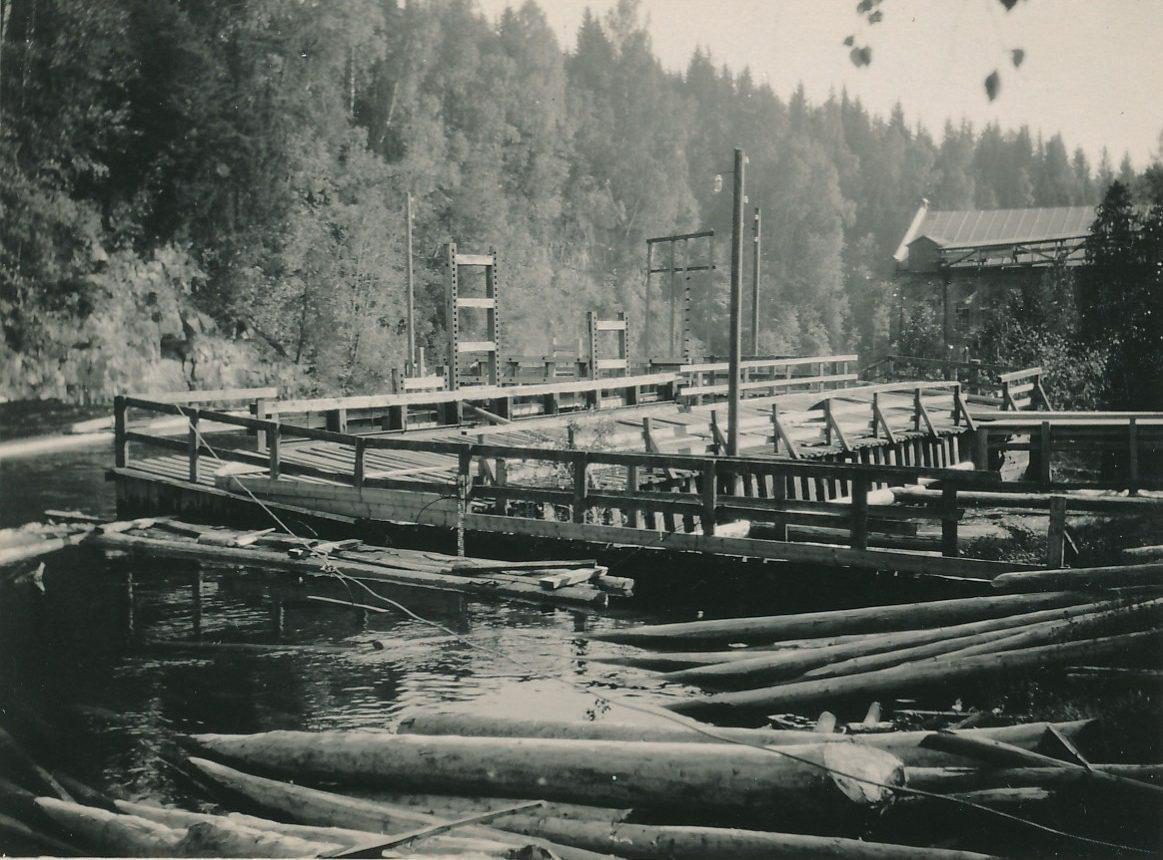
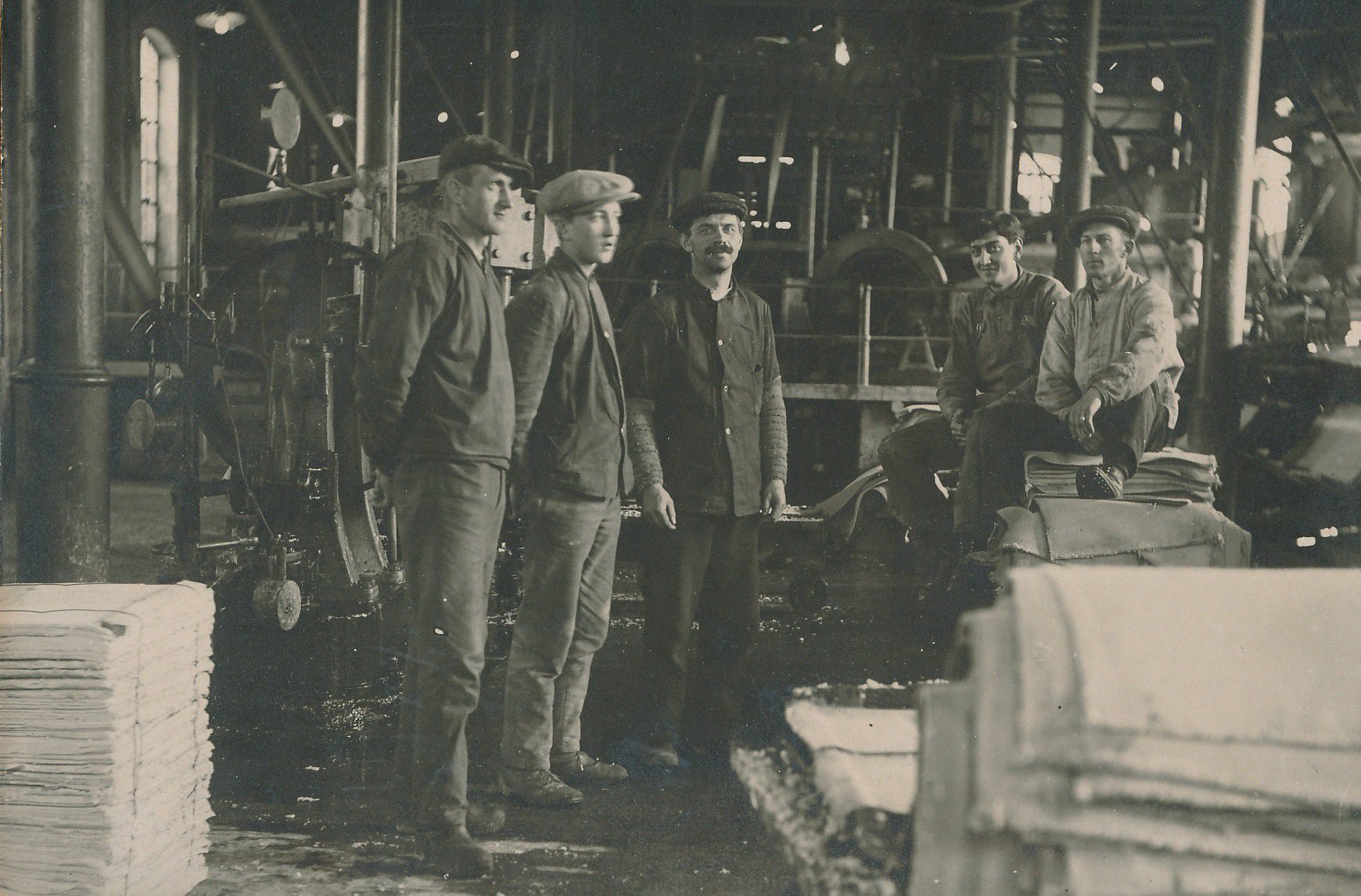
The industrial history*
Kistefos is a place of technical and industrial heritage with the only completely intact original late-nineteenth-century mill of its type anywhere in Scandinavia. It tells the story of a vital industry: wood-processing using hydroelectric power.
Consul Anders Sveaas (1840–1917), Christen Sveaas’s grandfather, came from a forestry family and his background was in the traditional wood-processing industry. In 1888 he bought the rights to the Kistefoss waterfall, located between Randsfjorden and Tyrifjorden (the country’s fourth and fifth largest lakes) near the urban area of Jevnaker and the town of Hønefoss, on the Randselva River, which is part of the Drammen watercourse. Sveaas wanted to create something big— and had the willpower to realize his wishes.
The following year, 1889, Consul Sveaas, as majority owner, together with a group of local business associates, established A/S Kistefos Træsliberi (Kistefos Wood Pulp Mill Ltd.). Operations began in 1890 and were aimed at the export market. The business saw substantial leaps in production and quickly became profitable—an upward trajectory that continued until 1921. The interwar years that followed were turbulent at times, with the company alternating between profit and loss.
Peak production at Kistefos was reached in 1939, and the business ran profitably throughout the Second World War. In 1953 the company entered into an agreement with the Follum paper mills (now Norske Skog Follum), to which Kistefos supplied timber and power.
Production was halted completely in 1955. Kistefos, by this point, was a fairly small producer, and the market, both in Norway and globally, had become especially competitive. Kistefos Wood Pulp Mill Ltd. continued to exist as a company, and although the plant remained standing for decades, it deteriorated over that period. More time would pass before someone would see the potential of the run-down site.
Kistefos as we know it today was established by Christen Sveaas in 1996. The development of the sculpture park, the new museum building and the daily operations on site have been made possible by the generous gifts by Christen Sveaas and his investment company Kistefos AS.
For more information, please visit the museum’s website.
*Parts of this text are based on Knut Olav Åmås’s essay “Industry and Ingenuity” (“Kunsten å skape kultur av industri”) which appears in the book “Kistefos”, published by Hatje Cantz in 2020. Ed. Thomas Phongsathorn, William Flatmo, Anja Grøner Krogstad.